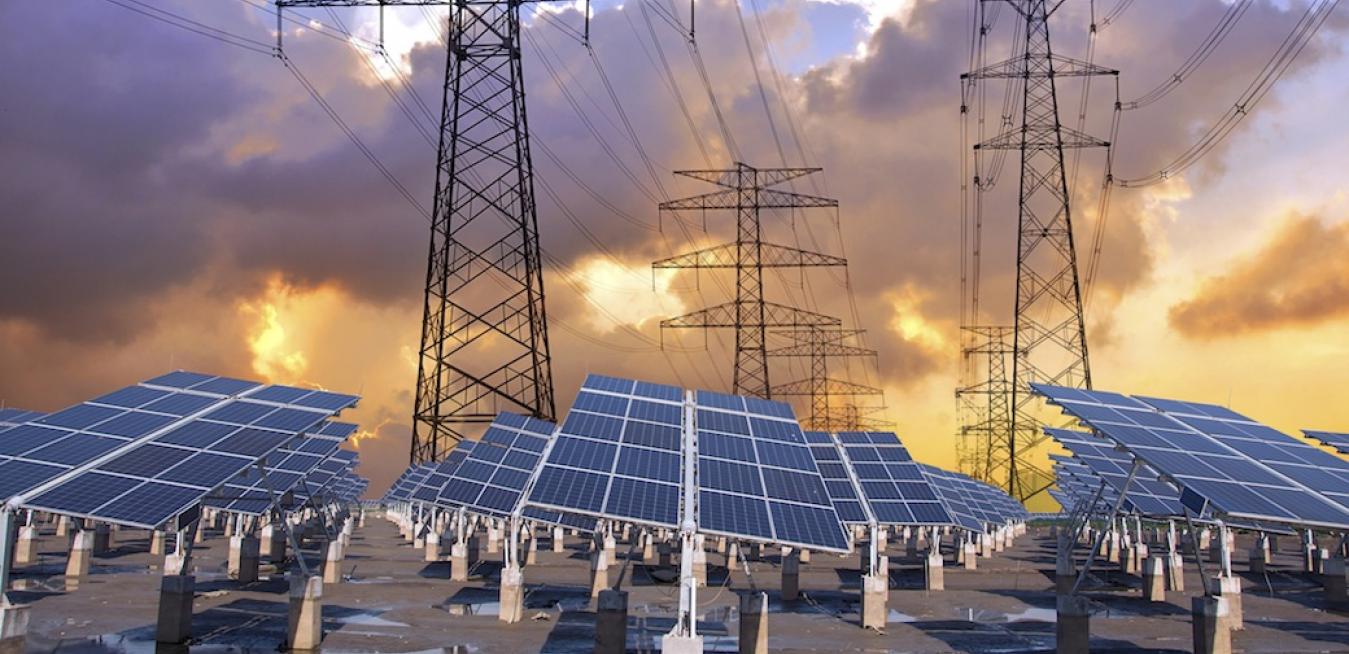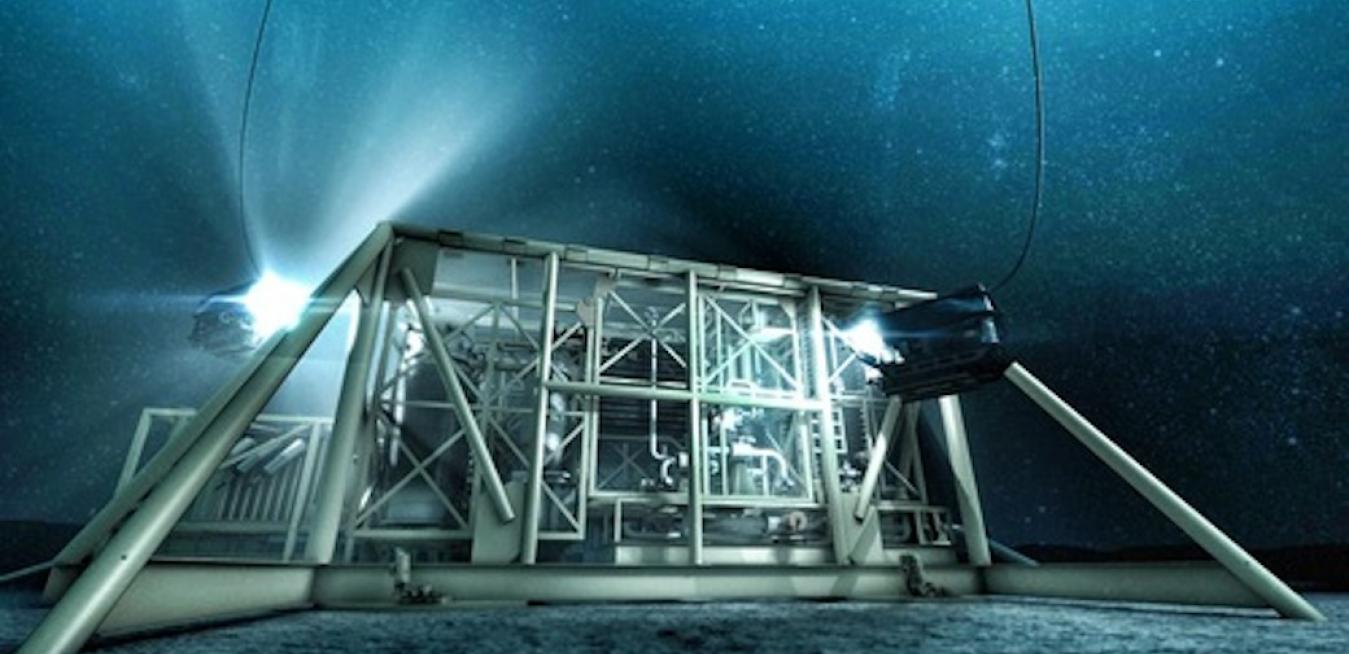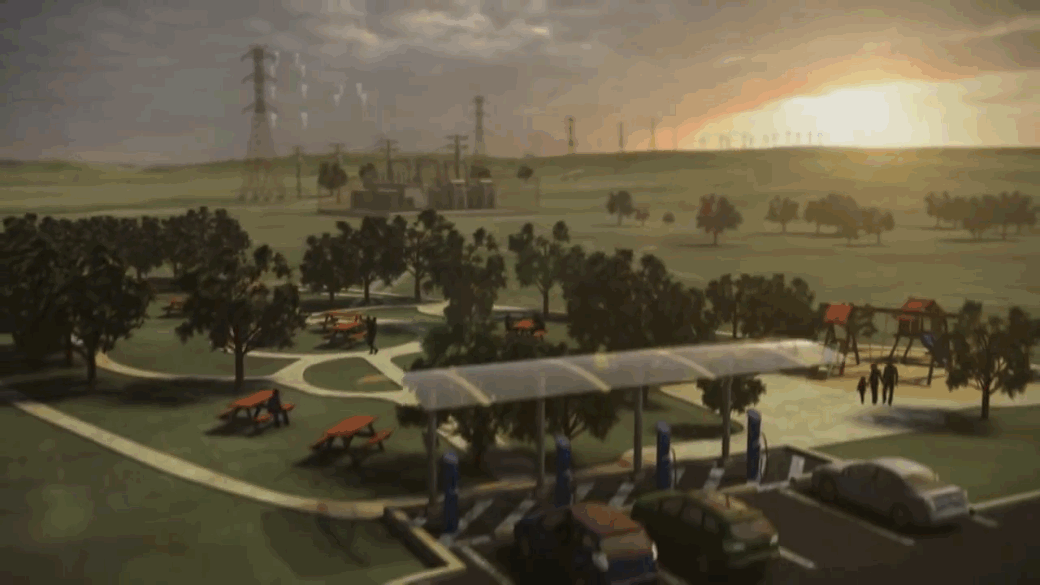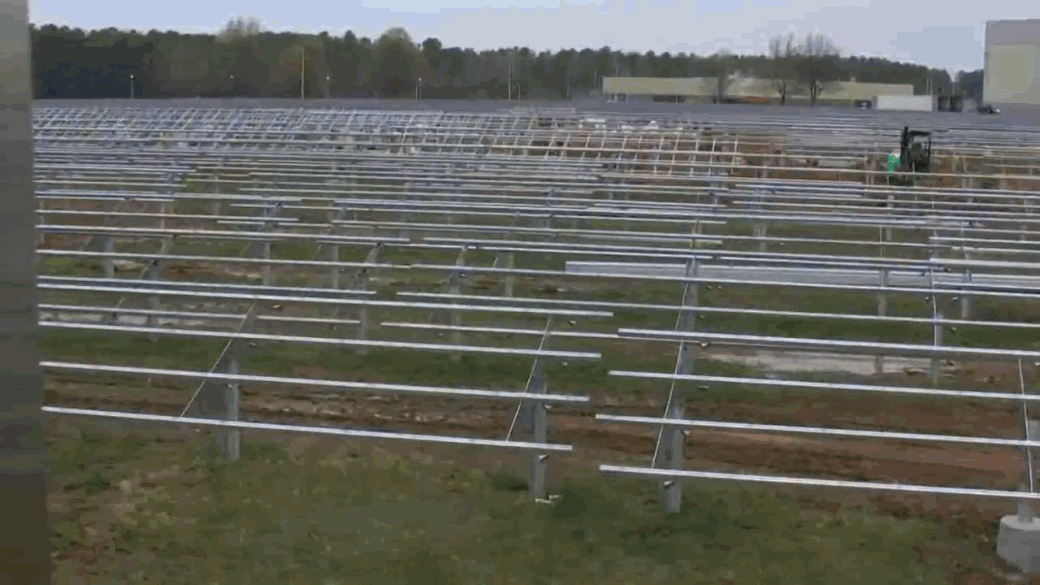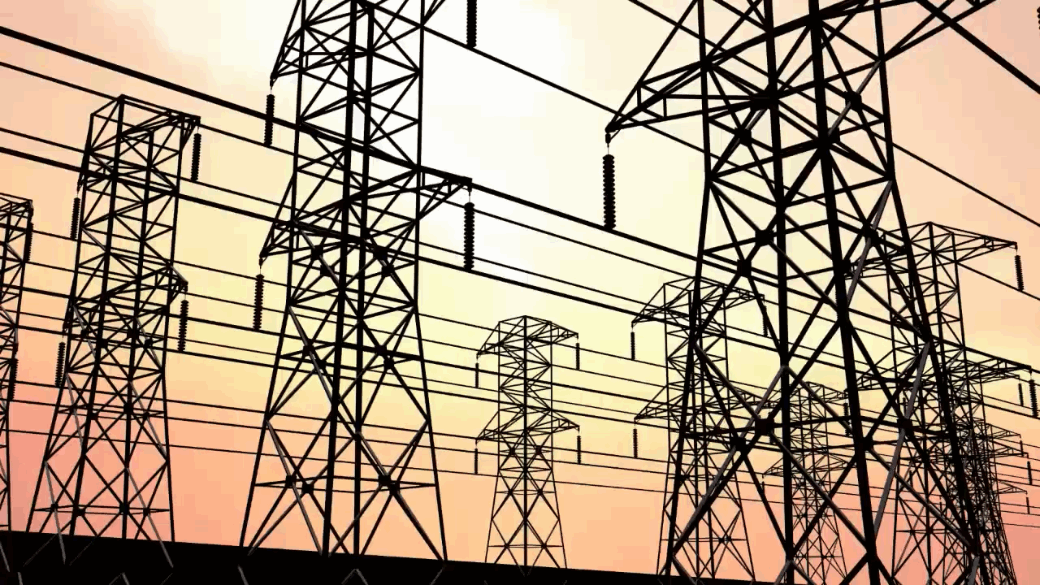Not only does electricity generation account for about 40 percent of energy-related CO2 emissions, but the power sector is also expected to play more of a role in reducing the share of fossil fuels in the global energy mix than any other, the International Energy Agency (IEA) explains in its latest World Energy Outlook.
That’s the type of incredibly harsh environment that GE researchers are competing with as we design electrification equipment for our customers that will power oil and gas processing functions reliably on the seabed.
While this approach makes sense — given that climate change is a global issue and market-based national or international solutions would be far less expensive solutions than command and control approaches — an ambitious, binding international treaty has yet to materialize. And here in the U.S., climate change legislation doesn’t look likely for the foreseeable future.
Saurabh Amin builds resiliency in essential infrastructure networks for transportation, energy and water distribution.
Security of IT networks is continually being improved to protect against malicious hackers. Yet when IT networks interface with infrastructures such as water and electric systems to provide monitoring and control capabilities, they often introduce new vulnerabilities that increase the risks of service disruptions.In the coming decades we will start to think of data and software as a source of energy.
What do I mean by that? Software won’t generate electrons, but it will let us leverage the electricity we are already generating in a more efficient and productive way.
Whatever your industry, you may have invested in Big Data in the hopes it will increase your efficiency and save you money. Perhaps you have a vision of a self-optimizing plant that gets smarter over time, gives you end-to-end visibility and saves you millions. But the results haven’t materialized, and you’re still looking for a way to turn that data into dollars.







